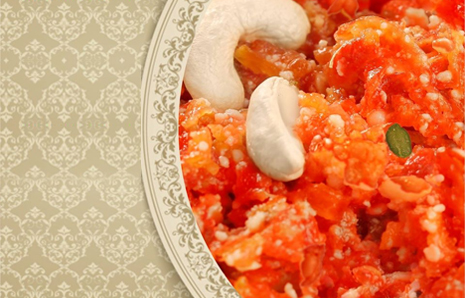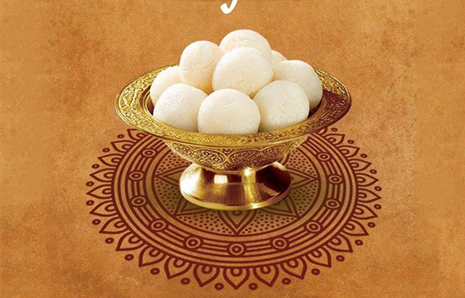A Short and Sweet Story of Indian Sweets and Dessert
Sweets or Mithai form an integral part of the Indian culture, much more compared to other European and American countries. Sugar, which forms the basic ingredient for most of the sweets, has been cultivated for thousands of years in India. Even the word sugar and candy have their roots in Sanskrit, the ancient Indian language. The foremost reason for this is that there is no other country in which sweets are so varied, so numerous, or so invested with meaning as the Indian Subcontinent. India not only has a rich cultural history, its association with sweets is also millennia old. Indians were the first to refine sugar, at around 500 BC. The sugar revolution was such that by 300 BC, five different kinds of sugar were being processed in India. The west might have given India machines and technology, but it is India which is indirectly responsible for the desserts they enjoy!
Some of the common ingredients used in Indian sweets are different flours, milk, milk solids, fermented foods, root vegetables, raw and roasted seeds, seasonal fruits, fruit pastes and dry fruits. The method of preparation are also quite diverse using techniques like freezing for kulfi, frying for jalebi and Imarti, roasting for Mysore pak, baking for nan khatai and simple cooking for gajar ka halwa among others. Other popular sweets in the Indian subcontinent are Barfani toda, Cham-cham, Chhena Murki, Chhena Poda, Gajrela, Gulab jamun, Khaja, Kheer or payas, Laddu, Malpoa, Narkel Naru, Parwal Ki Mithai, Pathishapta, Rasgulla, Ras Malai, Sandesh, Sel Roti and Shrikhand. There are dozens of ways to prepare all these dishes, thus it is not difficult to imagine the vast number of sweet dishes existing in India.


A popular saying in India goes like this” shubh kam se pehle kuch mitha kha lena chahiye” (have something sweet before beginning some auspicious work). Sweets find their way into almost every sphere of Indian society. Whether as a form greeting, celebration, religious offering, gift giving, parties or hospitality in India, sweets are ever present. Especially on Indian festivals — such as Holi, Diwali, Eid, or Raksha Bhandan, the sweet shops expand to more than twice their size to keep up with the sharp increase in demand. With the revolution in society and technology, people are gradually switching to packaged sweets which carry a guarantee of quality as well as hygiene. These sweets can even be ordered from websites such as www.kailashsweets.com , which specialize in catering to the demand of high quality sweets.